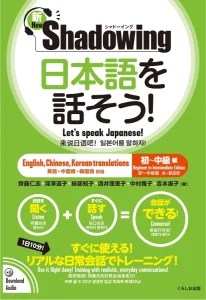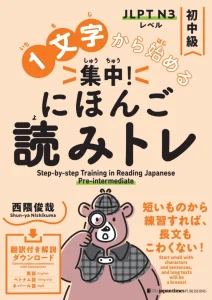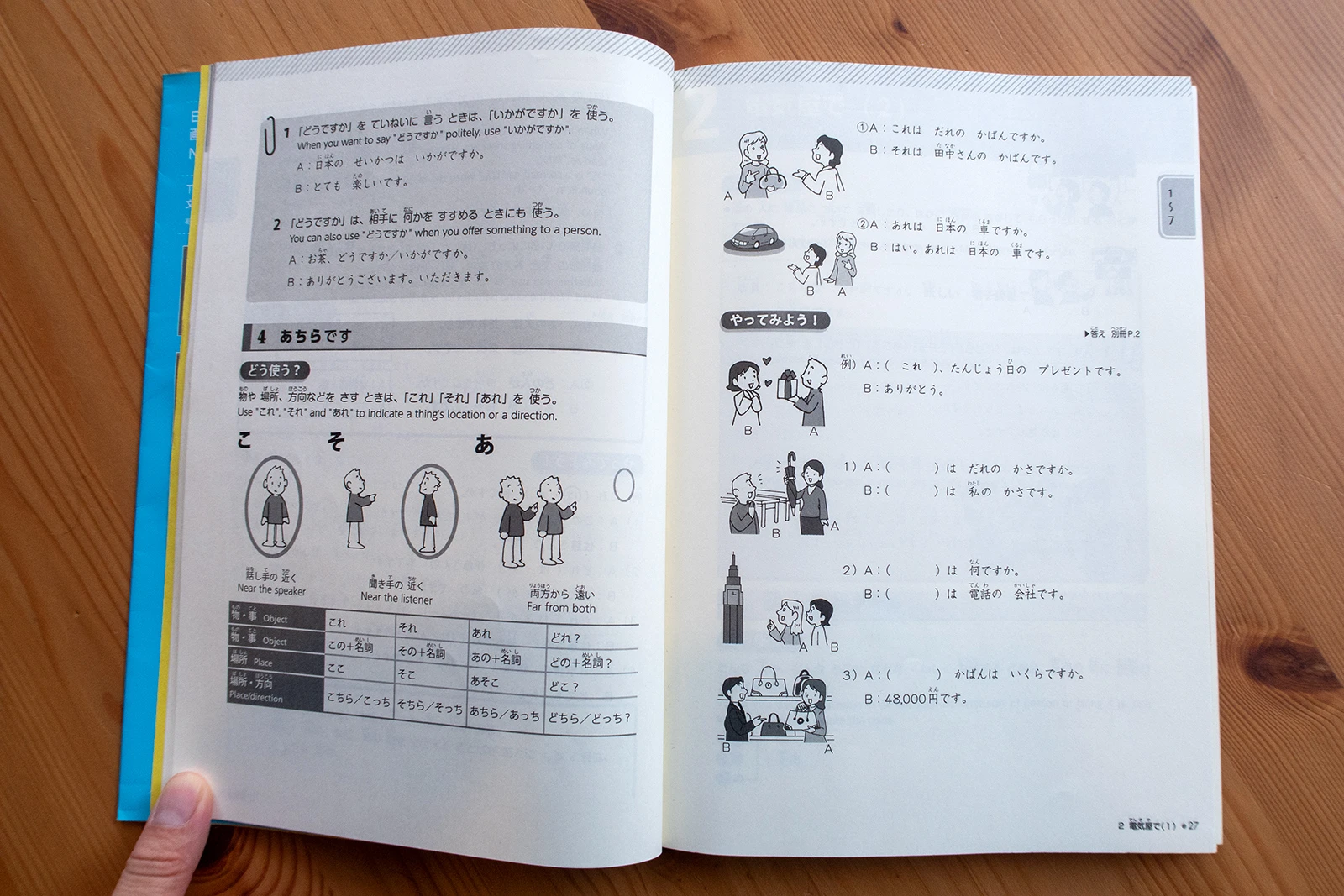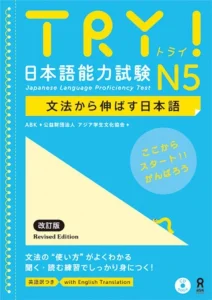The TRY! series, in this case, ‘TRY! Japanese Language Proficiency Test N5’ are the go-to textbooks for those wanting to make sure they’re Japanese Language Proficiency Test (JLPT) ready. Designed to cover everything required to pass, the book offers extra practice for grammar points that you likely already know to make sure you really understand.
Of course, being an exam preparation book, all of the questions are in Japanese, so no romaji, mirroring the test itself. This gives it a straight to the point approach, introducing a grammar point and then testing it immediately with little to no preparation.
Be aware that this book certainly cannot teach you Japanese. The Try textbook gives readers just enough to bring back forgotten memories regarding grammar points, but does not go in to deep descriptions of the way they work.
As an example, for たい form, the description is: “Use ―たい form when you talk about a desire of hope. V―ます+たいです.” This is then followed by examples where it might be rude to use たい form, but there’s no attempt to teach you every use.
This is all by design of course, as Try N5 is designed to make sure you are ready to take your N5 test by testing what you already know. The usefulness here is that if you get a section wrong, you know to pull out your core textbook, like Genki 1 and give yourself a refresh.
While older version of Try N5 came with CDs, the later and most recent edition come instead with download codes for their listening practice tasks. Alternatively, the publisher, ASK have uploaded the audio to most podcast services including Spotify and Apple Podcasts, so no need to search through dodgy websites to find it!







